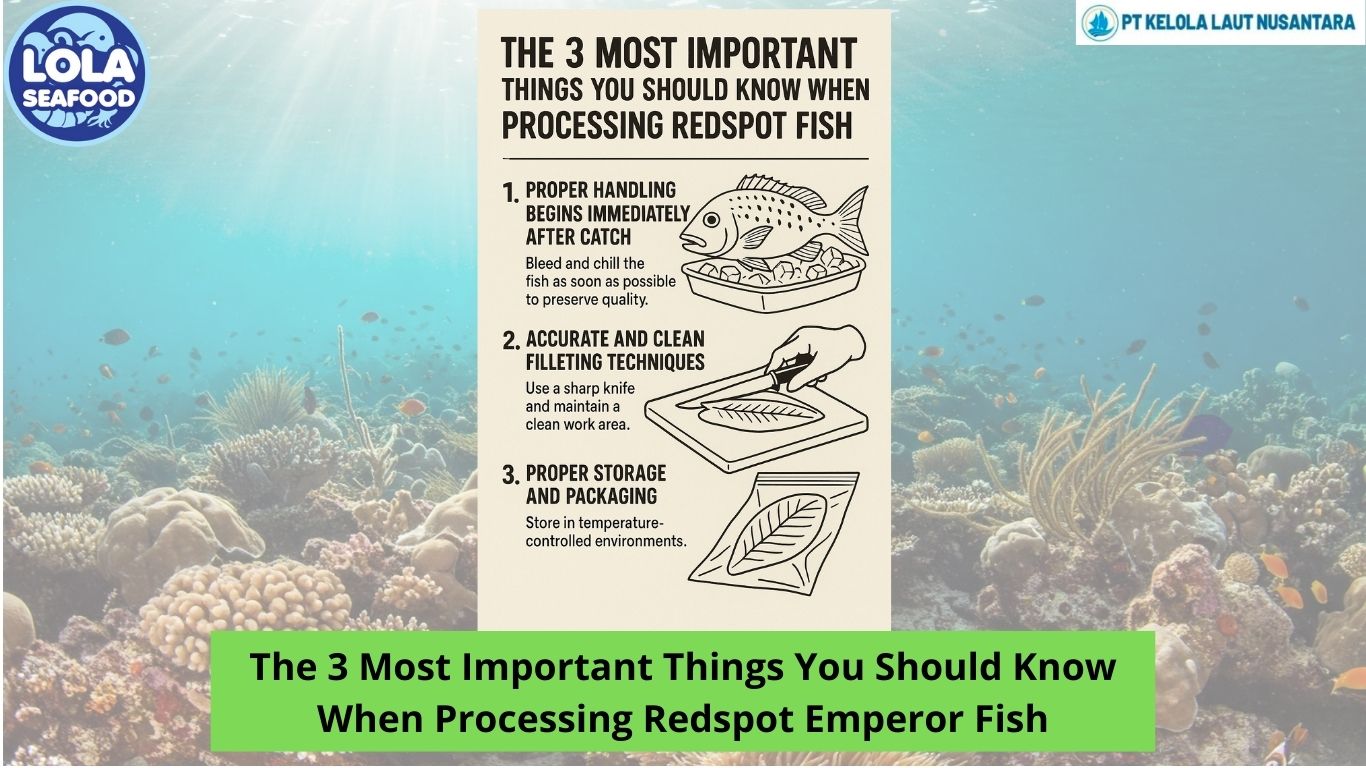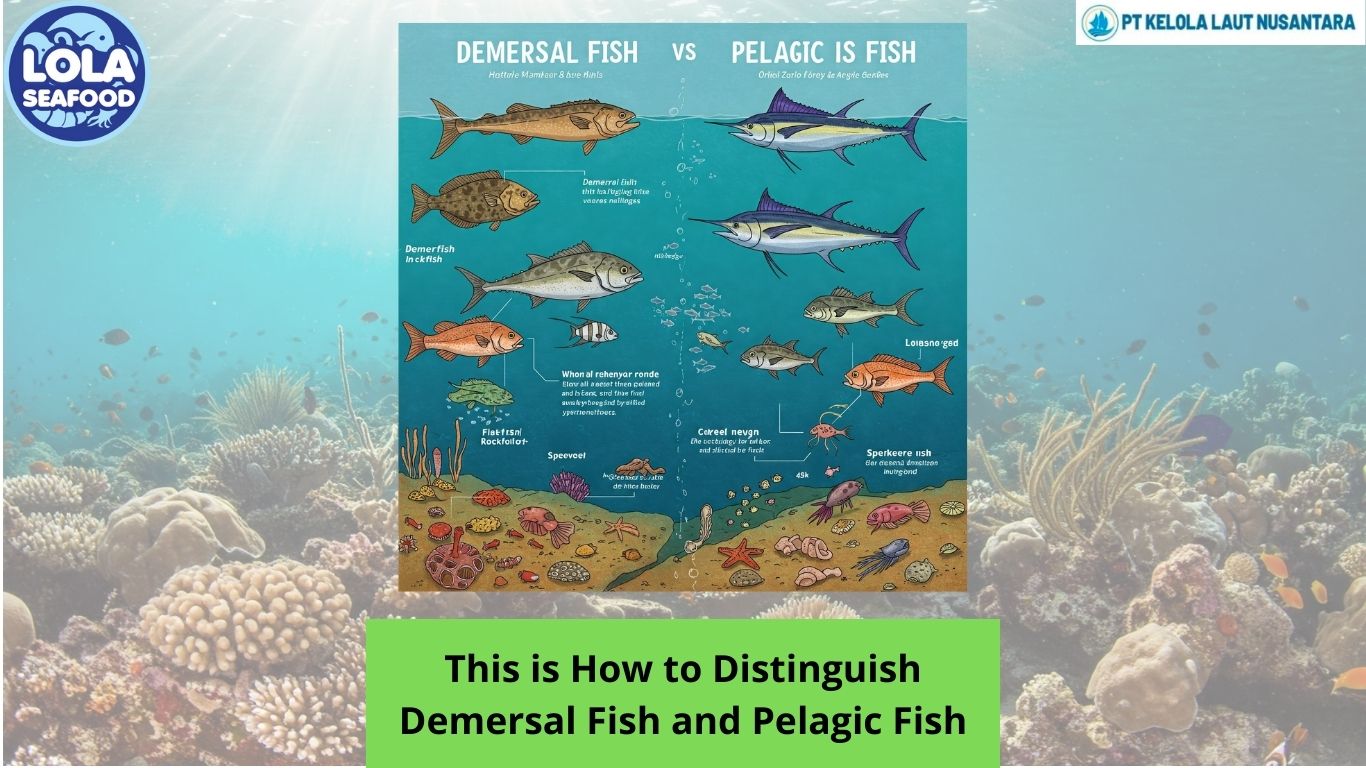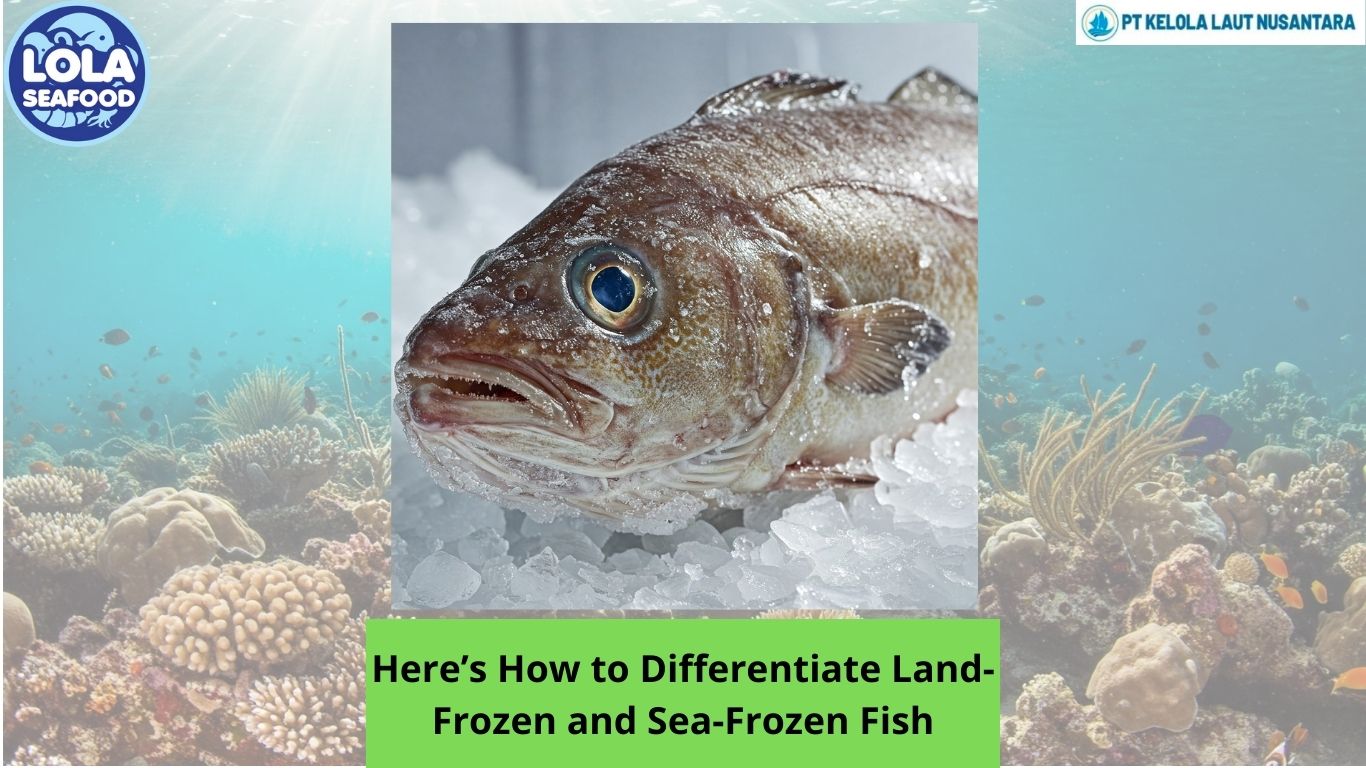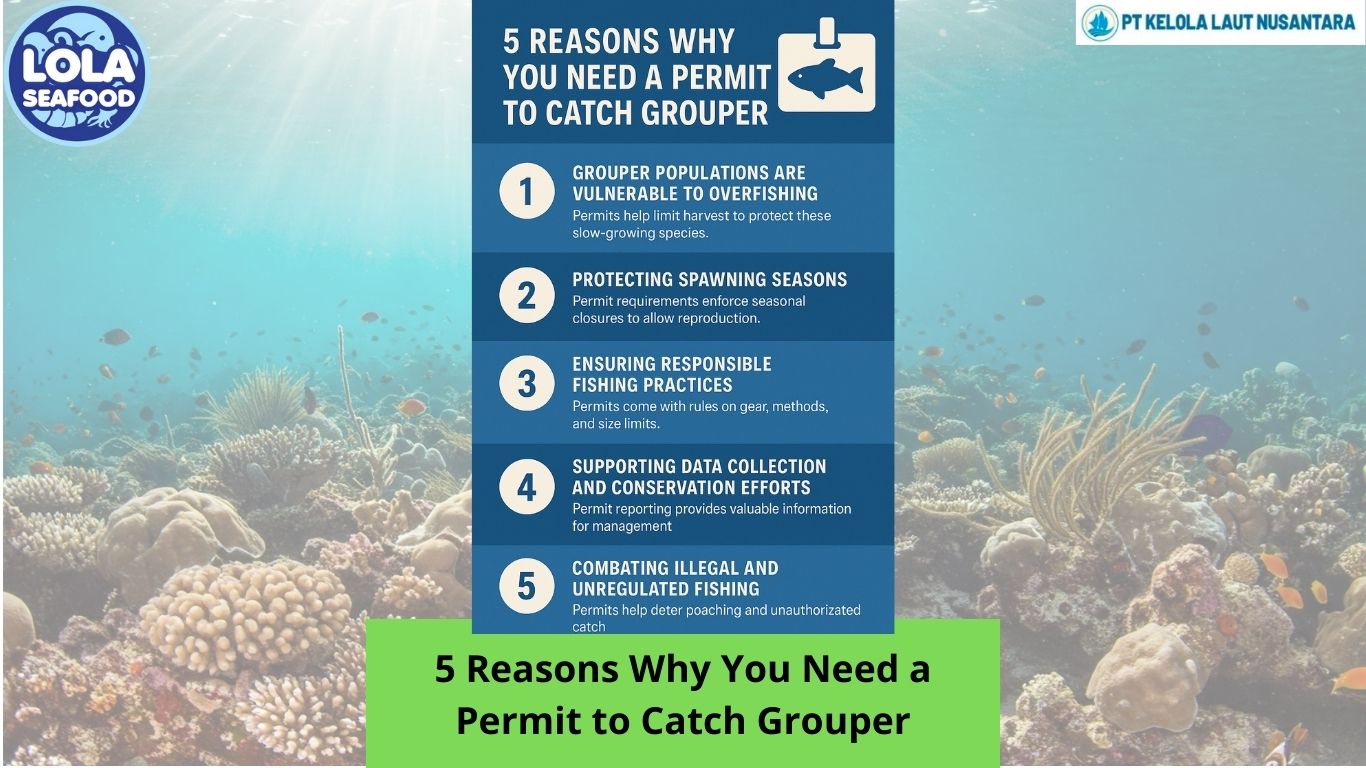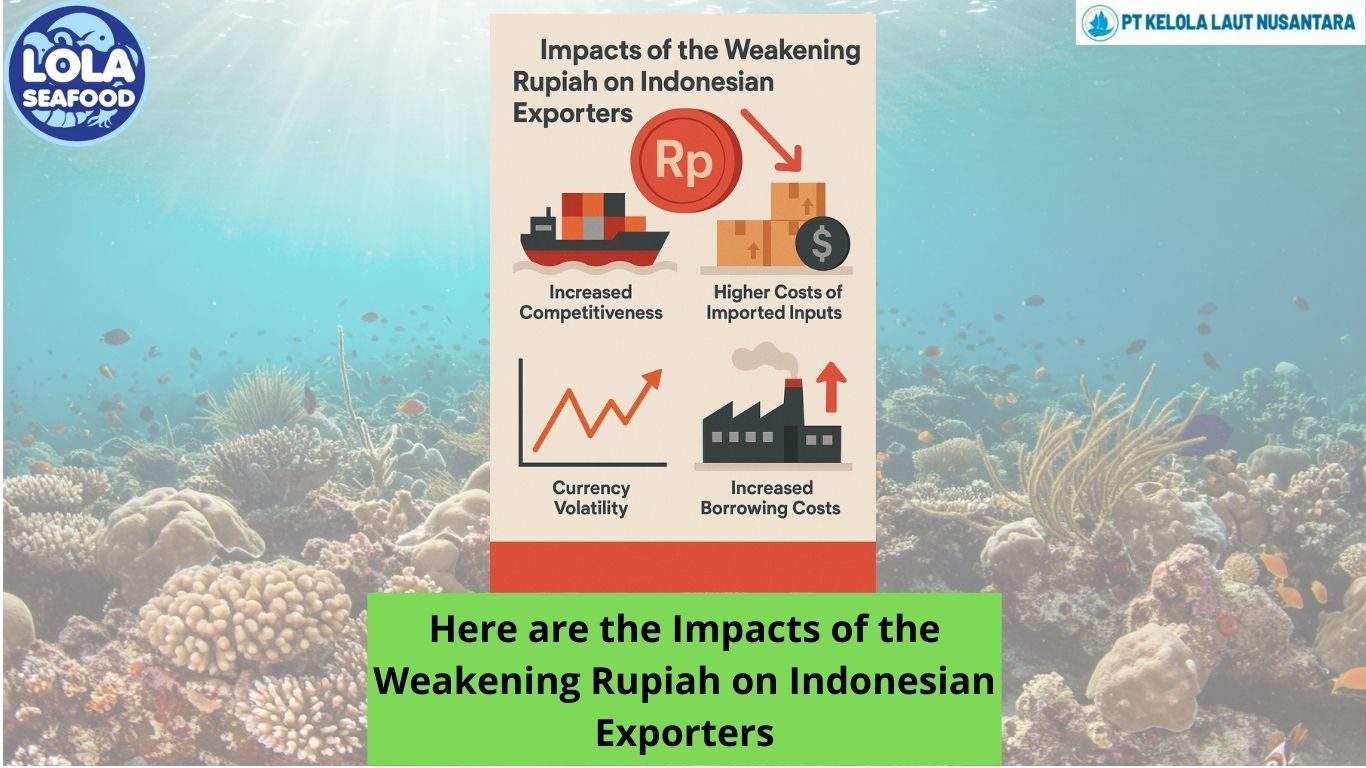Things That Make the Global Demand for Spanish Mackerel a Valuable Fish Species
By. Ely Kusniawati - 31 Dec 2024.jpg)
Kelolalaut.com Spanish mackerel, a prized fish species known for its rich flavour and high nutritional value, has become a sought-after commodity in the global seafood market. As demand for sustainable and healthy seafood options grows, exporting Spanish mackerel has emerged as a lucrative opportunity for producers in coastal regions.
Global Demand for Spanish Mackerel
Spanish mackerel is popular in many countries for its delicate taste, high omega-3 fatty acid content, and versatility in culinary applications. Major importers include the United States, European Union, China, and Japan, where it is consumed grilled, smoked, or incorporated into traditional dishes.
In recent years, health-conscious consumers have increasingly sought seafood that combines taste with health benefits. Spanish mackerel fits this profile perfectly, offering lean protein, essential fatty acids, and vitamins such as B12 and D. This growing awareness has led to heightened demand, particularly in regions where seafood consumption is a staple.
Sustainability Considerations
The sustainability of Spanish mackerel fisheries is a critical factor in maintaining export viability. Overfishing and environmental degradation threaten the long-term availability of this resource. Consequently, governments and industry stakeholders have implemented measures such as fishing quotas, seasonal bans, and gear restrictions to ensure sustainable harvesting practices.
Certification programs like the Marine Stewardship Council (MSC) label have become essential for exporters aiming to access premium markets. These certifications signal to consumers that the seafood they purchase is sourced responsibly, enhancing trust and driving demand.
Export Processes
Exporting Spanish mackerel involves several critical steps to ensure quality and compliance with international standards:
- Harvesting and Processing: Once caught, Spanish mackerel must be handled promptly to preserve freshness. This involves gutting, cleaning, and freezing or chilling the fish within hours of capture.
- Quality Control: Exporters must adhere to strict quality control measures, including compliance with Hazard Analysis and Critical Control Points (HACCP) guidelines. Regular inspections ensure the fish meets the health and safety standards of the importing country.
- Packaging and Labelling: Proper packaging minimizes spoilage during transit. Vacuum-sealed or individually quick-frozen (IQF) methods are common. Labels must include details such as species name, country of origin, and certification marks.
- Logistics: Exporting Spanish mackerel typically requires cold-chain logistics to maintain a consistent temperature throughout transportation. This involves refrigerated trucks, containers, and warehouses to ensure the fish arrives in optimal condition.
- Customs and Documentation: Exporters must provide comprehensive documentation, including health certificates, certificates of origin, and invoices. These documents are necessary for customs clearance in both exporting and importing countries.
Challenges in Exporting Spanish Mackerel
Despite the lucrative opportunities, several challenges can hinder Spanish mackerel exports:
- Regulatory Hurdles: Navigating the complex web of international trade regulations can be daunting. Importing countries often have stringent requirements regarding food safety and environmental standards.
- Fluctuating Demand and Prices: Market demand for Spanish mackerel can be influenced by factors such as economic conditions, consumer preferences, and competition from alternative seafood products. These fluctuations can affect pricing and profitability.
- Climate Change: Changes in ocean temperatures and ecosystems impact Spanish mackerel populations. Adapting to these changes requires ongoing research and adaptive management practices.
- Infrastructure and Technology: Inadequate cold-chain infrastructure in some exporting regions can compromise product quality. Investments in technology and logistics are essential to overcome this barrier.
Future Outlook
The future of Spanish mackerel exports looks promising, provided stakeholders address sustainability and quality challenges effectively. Emphasizing eco-friendly practices, adopting advanced processing and packaging technologies, and diversifying export markets can help exporters thrive in an increasingly competitive global market.
In conclusion, Spanish mackerel exports represent a dynamic sector with significant potential for growth. By balancing market demands with sustainability and quality standards, exporters can capitalize on the opportunities presented by this high-value seafood product. As consumers continue to prioritize health and environmental responsibility, Spanish mackerel is well-positioned to remain a staple in the international seafood industry.
If youre interested in our Spanish Mackerel Cutlet / Kingfish Steak please do not hesitate to contact us through email and/or whatsapp.
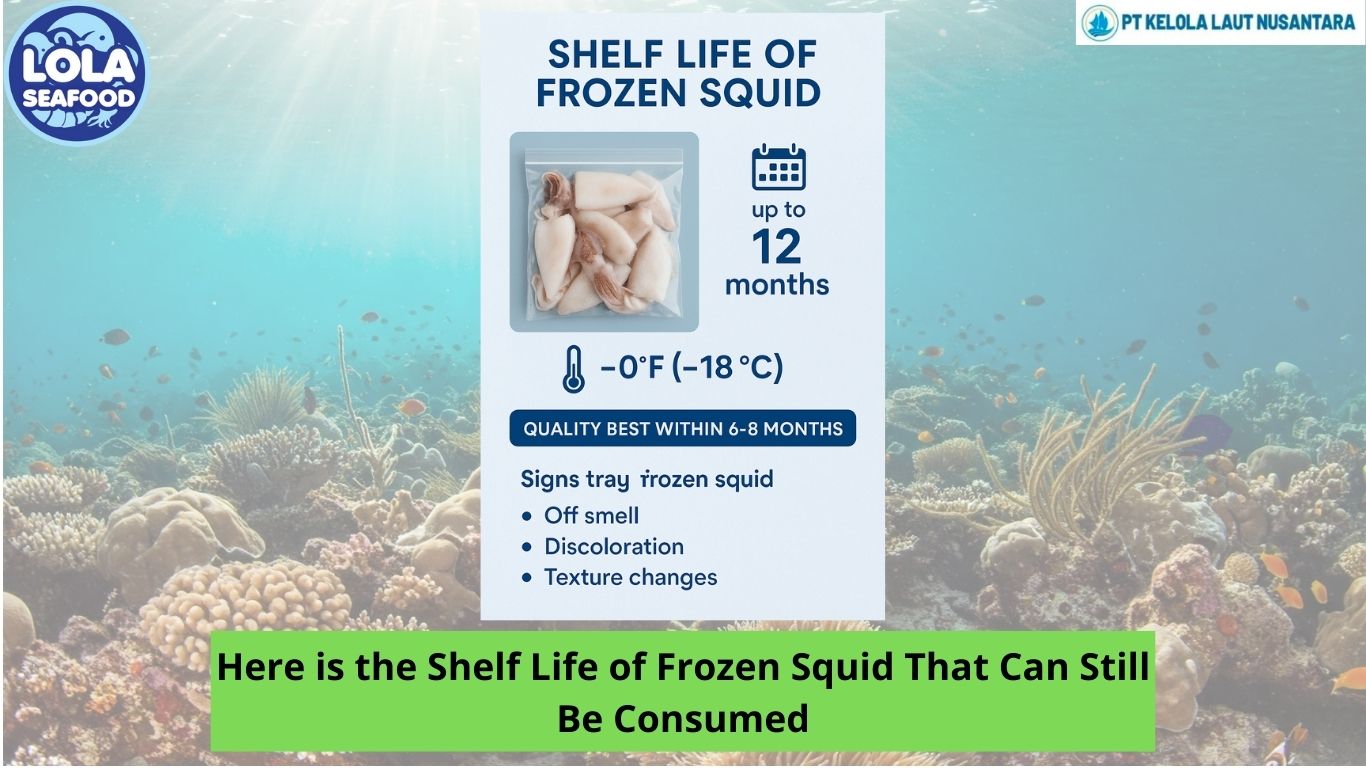
.jpg)
.jpg)
.jpg)
